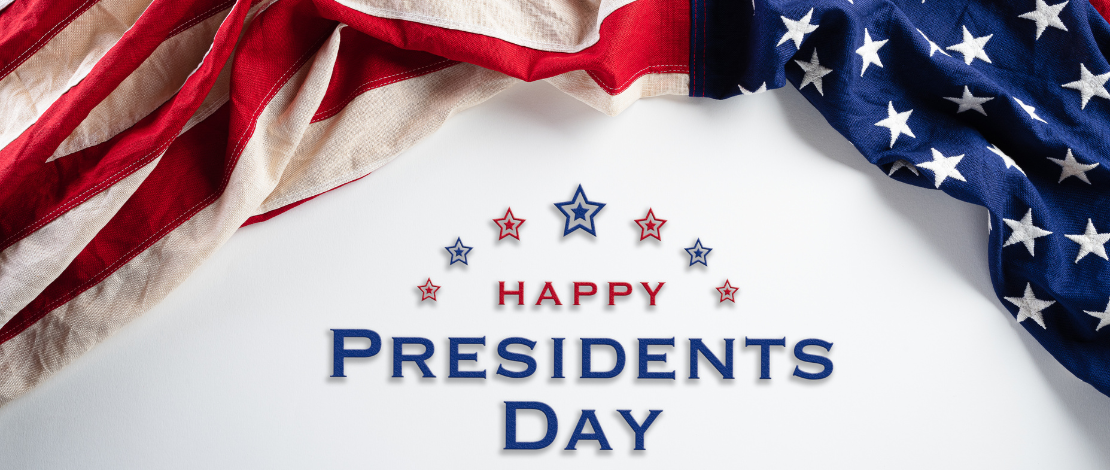St. Patrick’s Day is here! It’s that magical time of year when we all dig into our closets for something green, try our luck at office raffles, and maybe—just maybe—have a few shamrock-shaped cookies. Whether you have Irish roots or just enjoy a good celebration, St. Patrick’s Day is a fun way to bring a little luck and laughter to the workplace. So, let’s talk about how to keep things festive, professional, and (most importantly) fun!
The Wearin’ o’ the Green
No one wants to be the one who forgot to wear green and ends up getting (gently) teased all day. Encourage employees to show off their St. Paddy’s spirit with a pop of emerald, a shamrock pin, or even a full leprechaun suit—if that’s their style! You could even hold a “Best Green Outfit” contest with a small prize for the winner. Bonus points if someone shows up in an elaborate, homemade ensemble.
A Little Luck Goes a Long Way
St. Patrick’s Day is all about luck, so why not spread some in the office? A simple “pot of gold” raffle—where employees enter to win small prizes like coffee gift cards, extra break time, or office swag—keeps the day lighthearted and fun. Or try a lucky coin toss game where employees get a chance to win a treat from the office snack stash.
Shamrock Shenanigans (a.k.a. Team Activities)
Take a short break from spreadsheets and meetings for a little friendly competition. Office trivia with Irish-themed questions, a scavenger hunt for hidden “gold” (chocolate coins work great), or a “guess how many green jellybeans in the jar” challenge can bring some fun energy to the day. Bonus: These kinds of activities encourage team bonding without requiring anyone to awkwardly dance a jig in the break room (unless they want to, of course).
St. Paddy’s Playlist & Office Cheer
Set the mood with a festive playlist—think traditional Irish tunes, fun pub songs, and even some modern hits from Irish artists. Keep the volume workplace-friendly. Background music can brighten up the day. You can also encourage employees to share their own favorite St. Patrick’s Day traditions—whether that’s a family recipe, a fun superstition, or a legendary tale of past celebrations.
Treats Fit for a Leprechaun
No celebration is complete without snacks! Green cupcakes, shamrock cookies, or even a themed snack station with “rainbow” fruit trays and “pot of gold” candy bowls can add a little magic to the break room. If your workplace allows, an afternoon Irish cream-flavored coffee bar can be a cozy way to wrap up the day.
St. Patrick’s Day at work isn’t just about the green clothes and gold-wrapped chocolate—it’s about bringing a little extra joy to the workplace. A fun, inclusive celebration can boost morale, encourage connection, and remind everyone that a positive workplace culture makes all the difference.
So go ahead, embrace the festive spirit, and may the luck of the Irish be with you (especially when you’re refilling your coffee and hoping for that last shamrock sugar cookie)!










